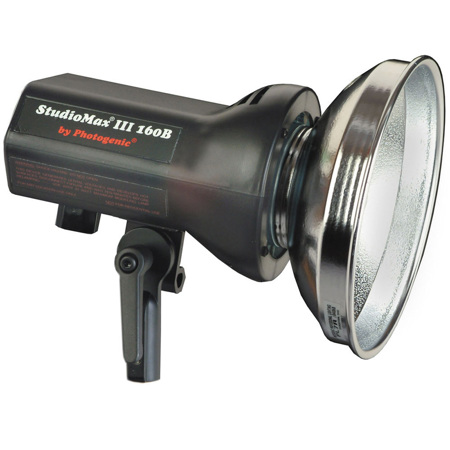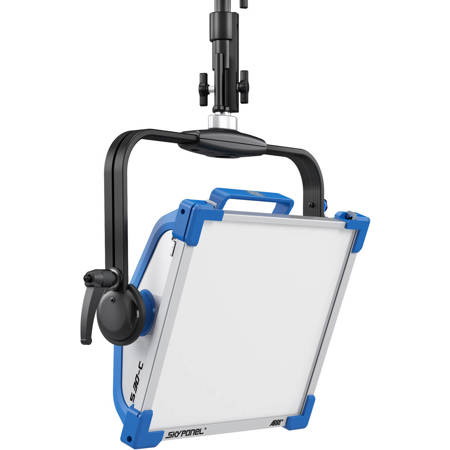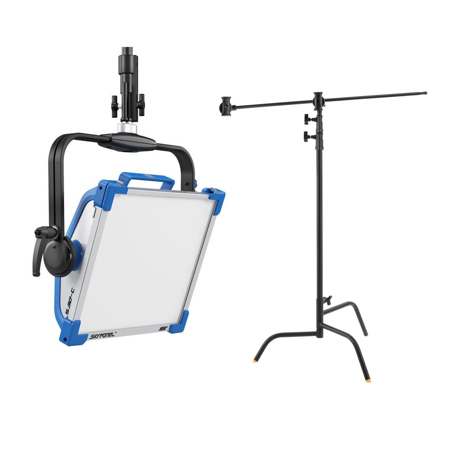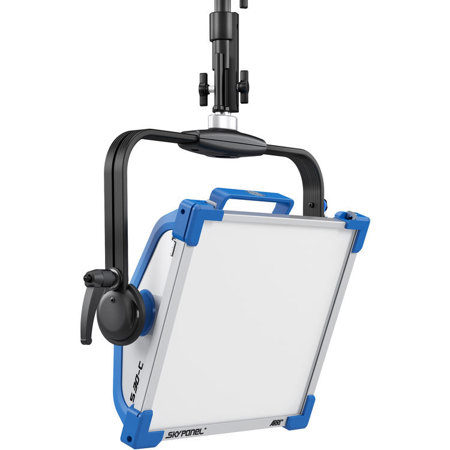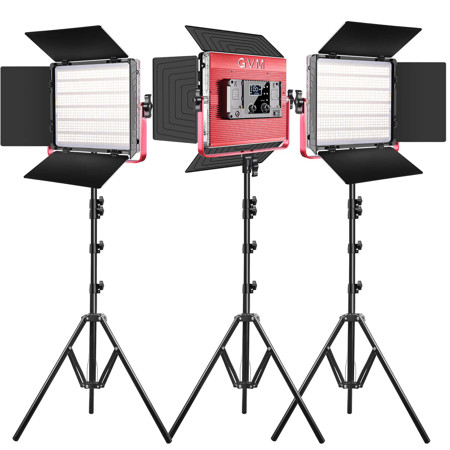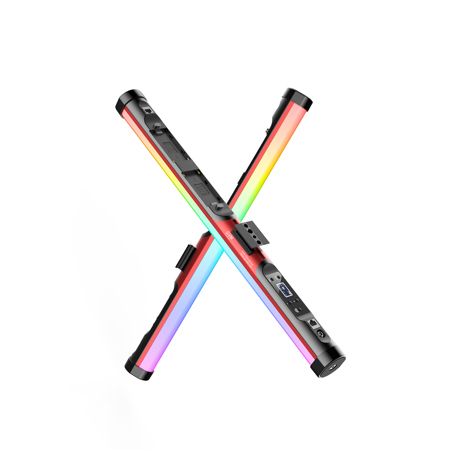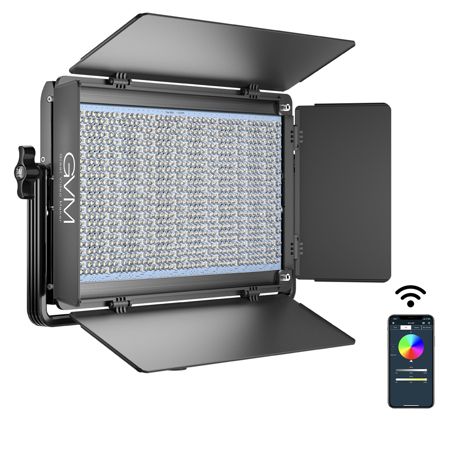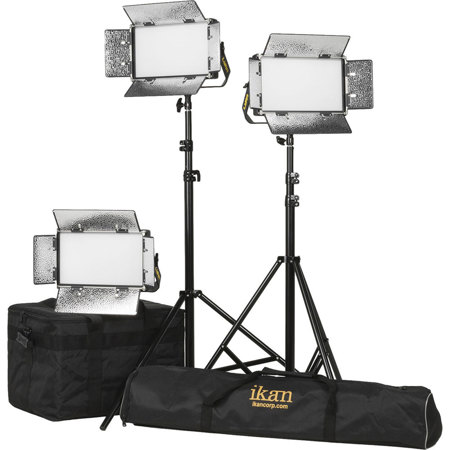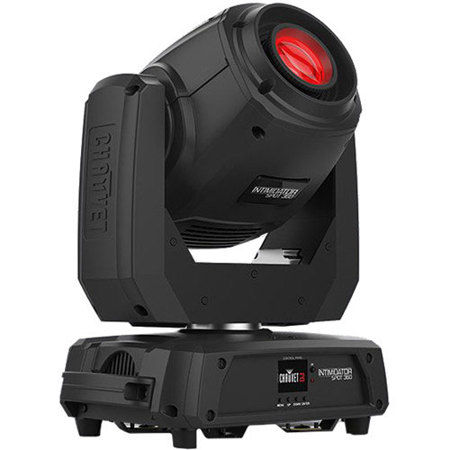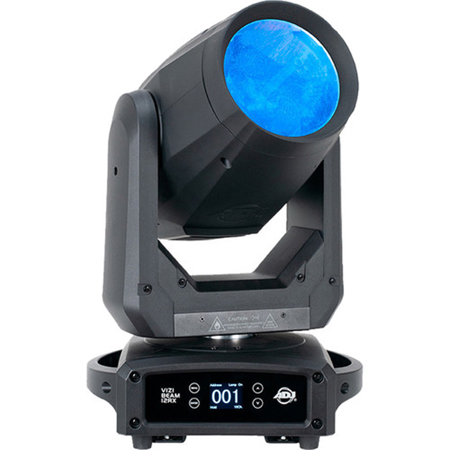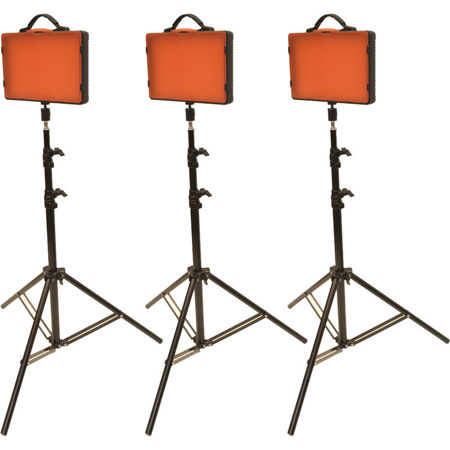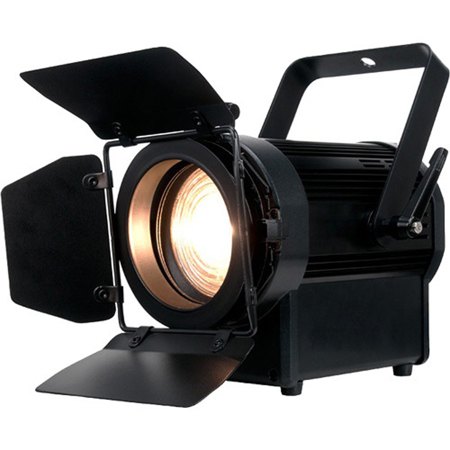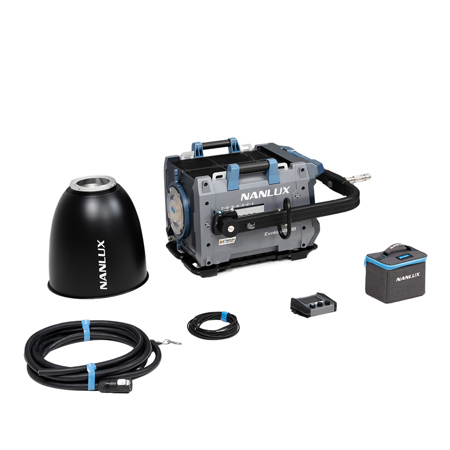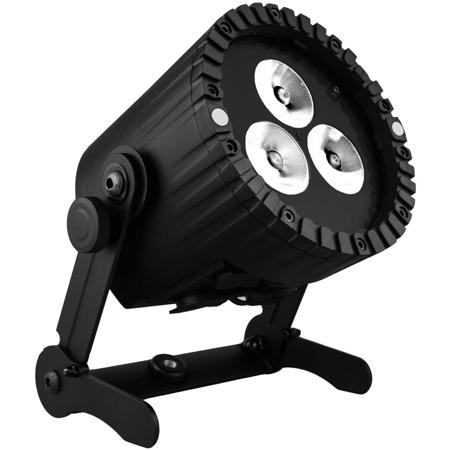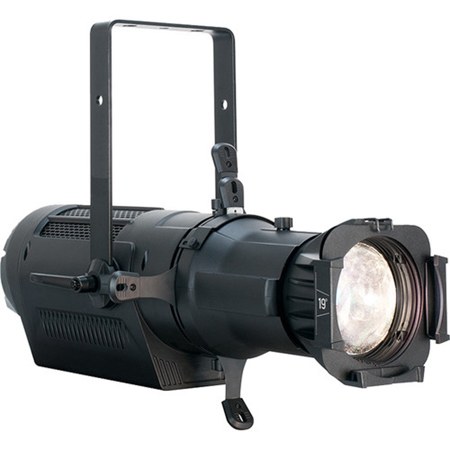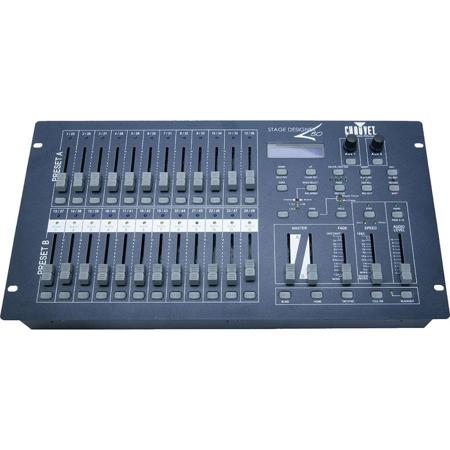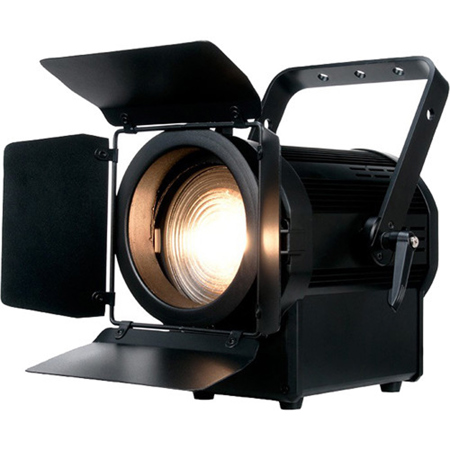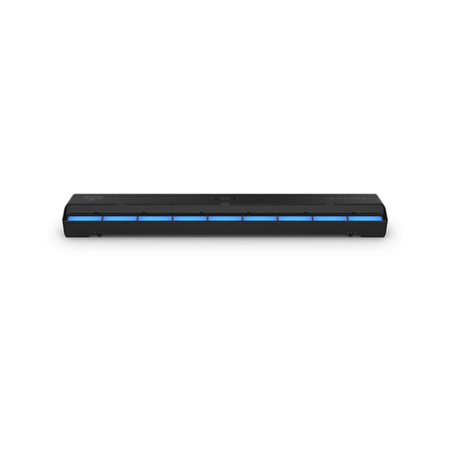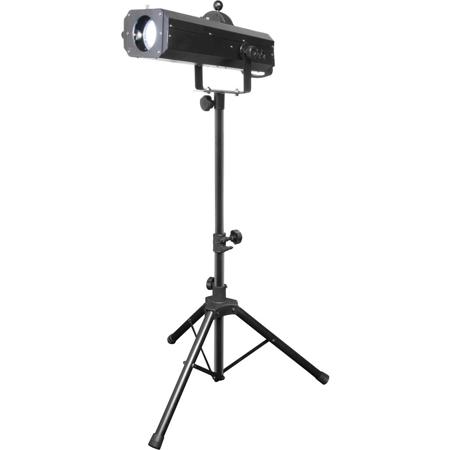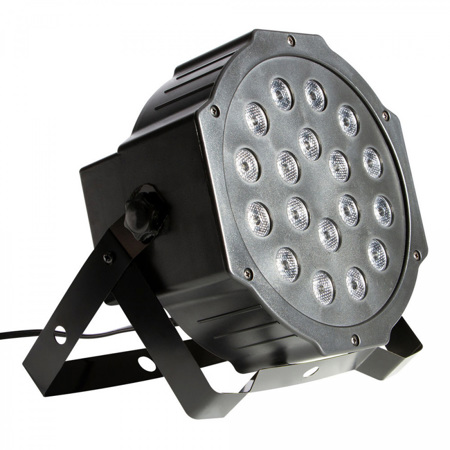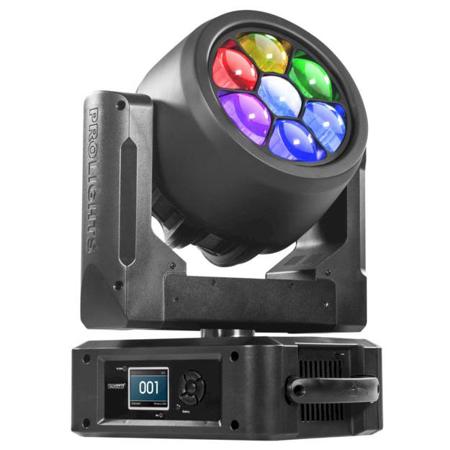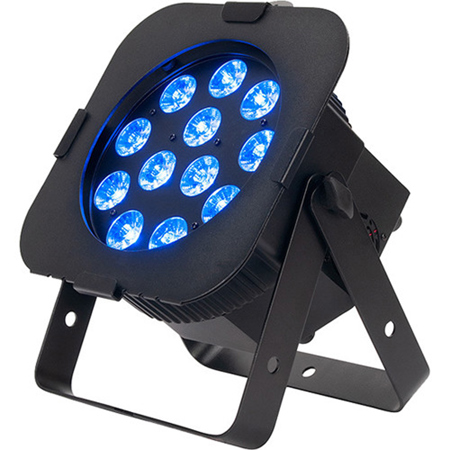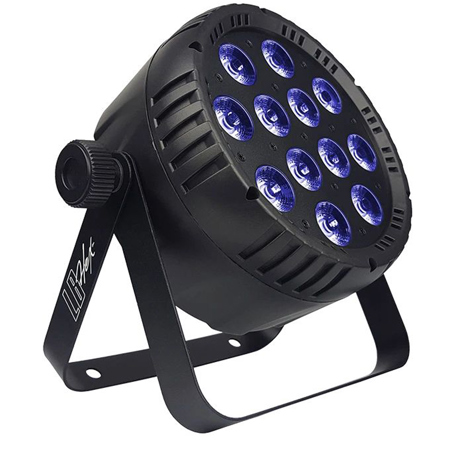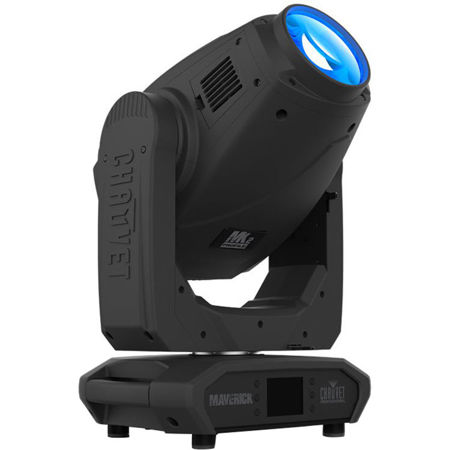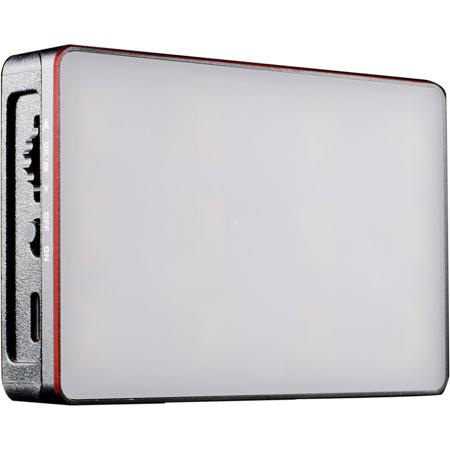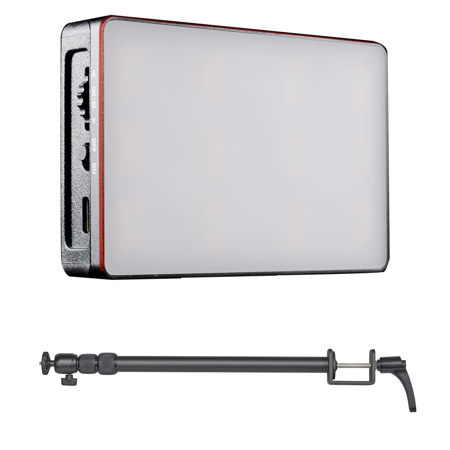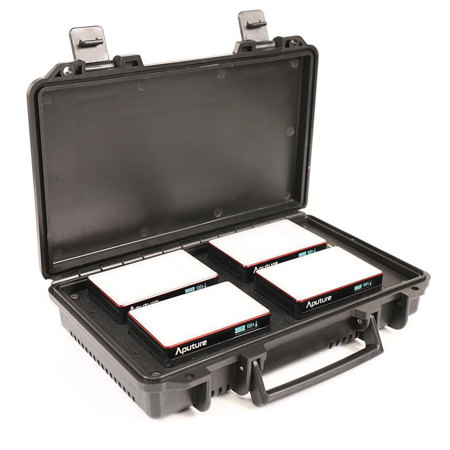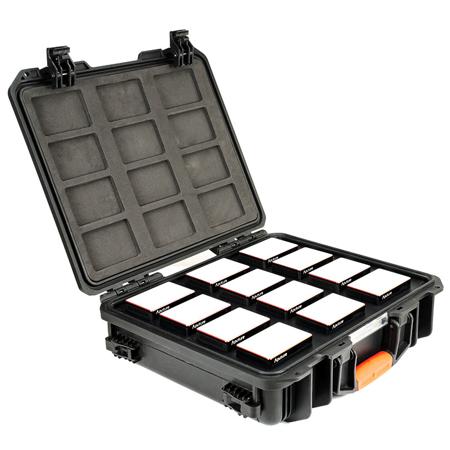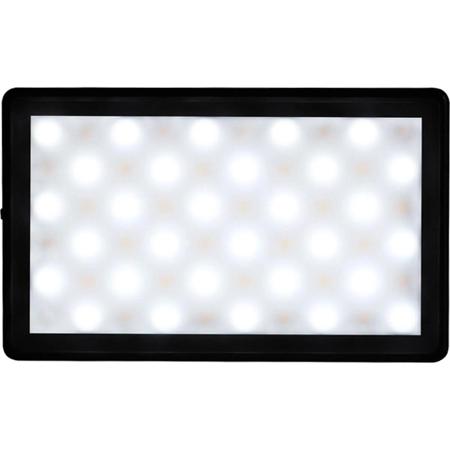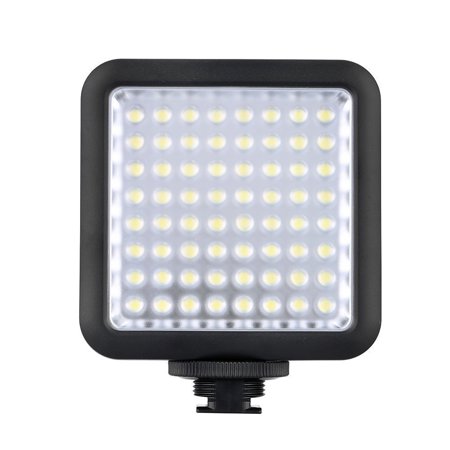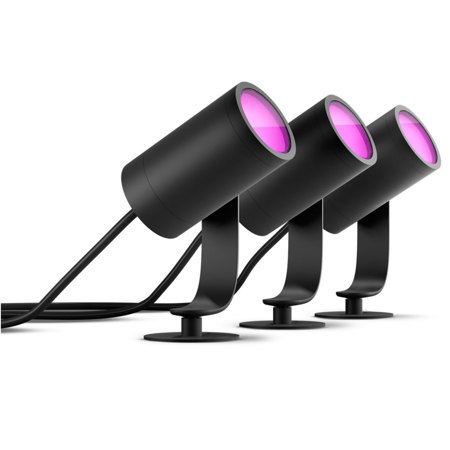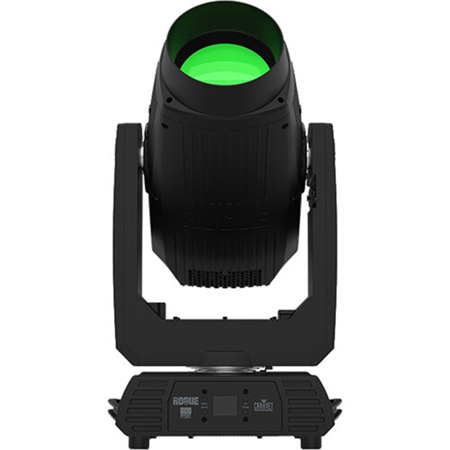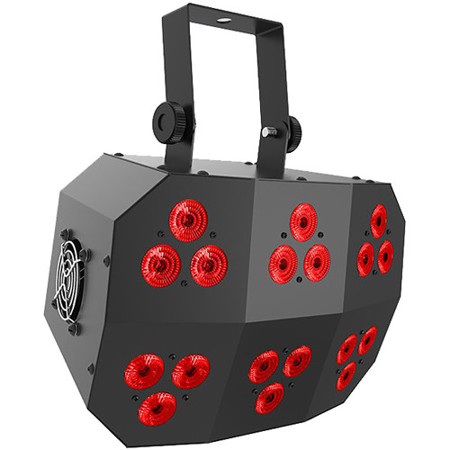Lighting Stages
When planning or upgrading a stage lighting setup, understanding the intricate process of lighting stages is essential for achieving both dramatic effect and technical excellence. Whether you’re working with a small community theater, a bustling music venue, or a professional touring production, the right lighting can transform any performance. Stage lighting is far more than simply illuminating performers; it’s about crafting mood, guiding audience attention, and enhancing storytelling through a calculated interplay of color, intensity, and movement. The process begins with the design phase, where lighting technicians and designers assess the venue’s unique requirements, from ceiling height and rigging points to electrical capacity and ambient light conditions. This is followed by the careful selection and placement of fixtures, considering factors such as beam angle, throw distance, and the need for special effects like washes, spots, or dynamic color changes. During installation, safety and accessibility are paramount, and attention is paid to cable management and the integration of control systems for seamless operation. The final stage is programming and rehearsal, where cues are timed to music or dialogue, and every fixture is fine-tuned to ensure the lighting enhances the performance without overpowering it.
Stage lighting is a multifaceted field that appeals to a wide range of users, from seasoned professionals to passionate hobbyists. Aspiring lighting designers, theater students, DJs, and event coordinators all benefit from understanding the core stages of lighting—design, setup, and execution. For those looking to give a meaningful gift, stage lighting equipment can be an inspired choice for someone involved in school productions, church events, or local music scenes. As we move into September, with the fall performance season ramping up and holiday concerts on the horizon, investing in reliable stage lighting can make a significant difference in the quality and impact of live events. The right gear allows for creative experimentation, whether you’re highlighting a soloist with a crisp spotlight, washing a set in vibrant autumnal hues, or creating dynamic effects that pulse in time with the music. Advanced lighting systems offer programmable features and remote control, making it easier than ever to coordinate complex shows or switch up looks on the fly. For those managing larger venues or outdoor festivals, exploring options like Large Stage Lights can provide the power and flexibility needed to cover expansive areas and create unforgettable visual experiences.
Selecting stage lighting involves balancing artistic vision with practical considerations. It’s important to factor in the size of the stage, the type of performances hosted, and the technical skill level of the crew. Those new to lighting may prioritize ease of use and versatility, while professionals might seek out fixtures with advanced features such as DMX control, adjustable color temperatures, and high output for large-scale productions. Maintenance requirements, energy efficiency, and compatibility with existing equipment also play a role in the decision-making process. Many users find that investing in quality lighting early pays dividends in reliability and performance, reducing the need for frequent repairs or upgrades. With the right approach, stage lighting becomes more than a utility—it becomes a central part of the creative process, shaping the atmosphere and leaving a lasting impression on audiences long after the final curtain call.
Stage lighting is a multifaceted field that appeals to a wide range of users, from seasoned professionals to passionate hobbyists. Aspiring lighting designers, theater students, DJs, and event coordinators all benefit from understanding the core stages of lighting—design, setup, and execution. For those looking to give a meaningful gift, stage lighting equipment can be an inspired choice for someone involved in school productions, church events, or local music scenes. As we move into September, with the fall performance season ramping up and holiday concerts on the horizon, investing in reliable stage lighting can make a significant difference in the quality and impact of live events. The right gear allows for creative experimentation, whether you’re highlighting a soloist with a crisp spotlight, washing a set in vibrant autumnal hues, or creating dynamic effects that pulse in time with the music. Advanced lighting systems offer programmable features and remote control, making it easier than ever to coordinate complex shows or switch up looks on the fly. For those managing larger venues or outdoor festivals, exploring options like Large Stage Lights can provide the power and flexibility needed to cover expansive areas and create unforgettable visual experiences.
Selecting stage lighting involves balancing artistic vision with practical considerations. It’s important to factor in the size of the stage, the type of performances hosted, and the technical skill level of the crew. Those new to lighting may prioritize ease of use and versatility, while professionals might seek out fixtures with advanced features such as DMX control, adjustable color temperatures, and high output for large-scale productions. Maintenance requirements, energy efficiency, and compatibility with existing equipment also play a role in the decision-making process. Many users find that investing in quality lighting early pays dividends in reliability and performance, reducing the need for frequent repairs or upgrades. With the right approach, stage lighting becomes more than a utility—it becomes a central part of the creative process, shaping the atmosphere and leaving a lasting impression on audiences long after the final curtain call.
